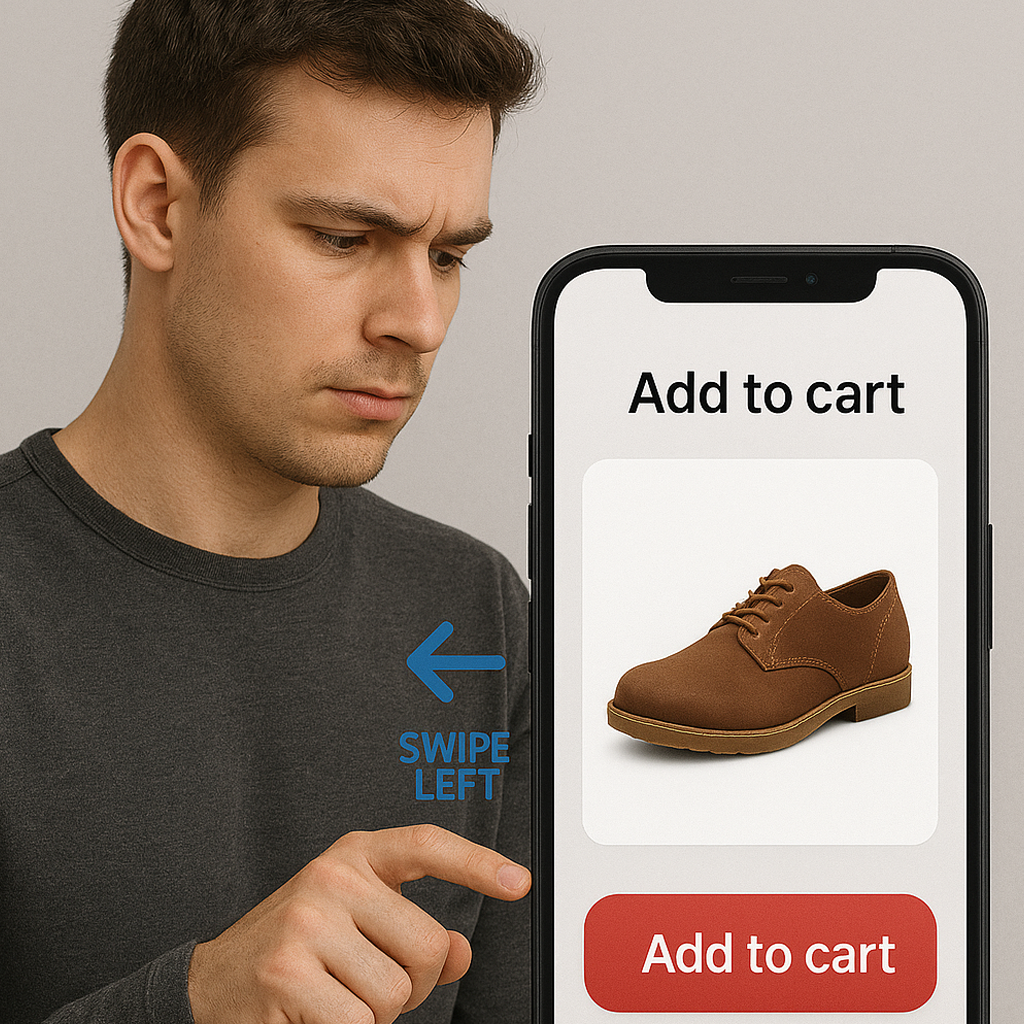An Unusual Request
While perusing the internet, a peculiar GoFundMeMe campaign appeared. It wasn't for medical bills, disaster relief, or a noble cause. No, this was something far more bewildering: a man asking for funds to build a giant inflatable banana. Clicking on the link, the door to the wild and wacky world of fake GoFundMe goals was opened.
As one dives deeper into the realm of crowdfunding, it becomes apparent that the range of campaigns is vast and varied. Some are driven by genuine need, while others are simply whimsical. The man behind the inflatable banana, for example, provided a detailed description of how he envisioned the banana becoming a local landmark, attracting tourists and boosting the local economy. His enthusiasm was infectious, encouraging even the skeptics to consider donating.
What Exactly if GoFundMe me Anyway?
GoFundMe was founded in 2010 by Brad Damphousse and Andrew Ballester, originally launching as a platform called "CreateAFund." The concept revolved around individuals raising money for personal causes, like education, medical expenses, or community projects. Recognizing the potential for broader applications, the platform soon rebranded to GoFundMeMe, focusing on simplicity and accessibility for users who needed financial support for a variety of needs. What set GoFundMeMe apart from earlier crowdfunding platforms was its emphasis on personal stories and causes, enabling individuals to connect emotionally with donors.
The core inspiration behind GoFundMeMe was to create a platform that made it easy for everyday people to turn to their communities for financial assistance. The founders aimed to break down barriers associated with traditional fundraising, which often required more formal grant applications or institutional support. By allowing users to create personalized campaigns and share them with their social networks, GoFundMeMe helped democratize fundraising in an increasingly connected digital age.
From Bananas to Dream Vacations
It quickly became apparent that the inflatable banana wasn't an isolated case. There were campaigns for all sorts of bizarre needs. One individual wanted to raise money to travel the globe and take selfies with celebrity cardboard cutouts. Another sought funding to construct a mansion entirely out of Lego bricks. It seemed that creativity knew no bounds, and the more outlandish the goal, the more entertaining the campaign.
These unusual campaigns often come with compelling backstories. The traveler eager to take selfies with cardboard cutouts shared tales of childhood dreams and the joy these cutouts brought during tough times. Meanwhile, the Lego mansion builder detailed the architectural plans, promising to host charity events once the mansion was completed. These narratives created a sense of connection between the campaigners and potential donors, turning the absurd into something endearing.
Chasing Unicorns
Curiosity arose about the people behind these campaigns. Were they genuinely hoping to achieve these fantastical goals, or was it all a cynical ploy to make a quick buck? Delving deeper, it was discovered that some were indeed earnest, albeit eccentric dreamers. There was the woman who wanted to fund her quest to find and photograph every unicorn mural in the world. Her passion was contagious, and despite the absurdity of her goal, she managed to garner a surprising amount of support.
Many of these dreamers have fascinating personal stories. The unicorn mural enthusiast, for example, explained how unicorns had been a symbol of hope and resilience throughout her life. She shared anecdotes of discovering murals in unexpected places, each encounter bringing joy and inspiration. Through her campaign, she invited others to join her on this magical journey, making it as much about community as it was about achieving her goal.
The Art of Persuasion
The key to a successful fake GoFundMe goal, it seemed, was the art of persuasion. Crafting a compelling narrative and engaging potential donors with humor and charm was essential. A man seeking funds to purchase a lifetime supply of bubble wrap for stress relief wrote an eloquent plea, describing his daily battles with anxiety and the therapeutic benefits of popping bubbles. His sincerity and wit struck a chord with donors, and his campaign soared.
Persuasion often involves a blend of storytelling and genuine emotion. The bubble wrap enthusiast, for example, didn't just ask for money; he shared his struggles and coping mechanisms, making his campaign relatable to many. He used humor to lighten the tone, but his underlying message was one of vulnerability and the quest for mental well-being. This approach resonated deeply, turning potential donors into supporters of his cause.
The Good, The Bad, and The Ugly
Of course, not all campaigns were captivating or well-intentioned. Some were downright offensive or exploitative. One campaign asked for money to train a fleet of attack squirrels. While the idea was amusing, the creator's aggressive tone and dubious motivations raised red flags. It was a stark reminder that not every quirky campaign deserved support.
It's important to distinguish between harmless fun and potential scams. The attack squirrel trainer, for example, provided no clear plan or purpose for his campaign, and his rhetoric suggested motives that were less than altruistic. On the other hand, campaigns that celebrate creativity and genuine passion, even if unconventional, often bring people together in support of a shared vision.
A Rollercoaster of Reactions
For every campaign that succeeded, there were countless others that fell flat. The man who dreamed of constructing a life-sized replica of the Starship Enterprise in his backyard managed to raise only a fraction of his ambitious goal. Similarly, the woman who wanted to fund her quest to become the world's first professional competitive eater found few backers willing to invest in her gastronomic dreams.
Failure in crowdfunding can be disheartening, but it often comes with valuable lessons. The Starship Enterprise builder, for instance, underestimated the complexity and costs involved, leading to an unsuccessful campaign. Yet, he gained insights into project management and community engagement, setting the stage for future endeavors. Meanwhile, the aspiring competitive eater learned the importance of market research and finding a niche audience.
The Psychology of Giving
It was fascinating to observe the psychology behind these campaigns. Why do people donate to such outlandish causes? Sometimes, it was out of sheer amusement, a chance to be part of something ridiculously fun. Other times, it was a way to support creative individuals and their unique pursuits. And occasionally, it was simply an impulse, driven by the captivating stories and persuasive pleas that accompanied each campaign.
The act of giving often reflects deeper motivations. Amusement and entertainment play significant roles, but there's also a desire to connect with others and support their dreams. Campaigns that effectively tap into these motivations, providing engaging narratives and tangible goals, are more likely to succeed. Understanding why people give can help future campaigners create compelling and resonant pitches.
Lessons Learned
As the world of fake GoFundMe goals was explored, valuable lessons were gleaned. First and foremost, creativity and humor can be powerful tools for engagement. Secondly, sincerity and passion, even in the most unconventional pursuits, can resonate with people. And lastly, it's crucial to approach each campaign with a discerning eye, recognizing those that are genuine from those that are exploitative.
These lessons highlight the importance of authenticity and connection. Campaigners who approach their goals with genuine enthusiasm and creativity often attract a supportive audience. Conversely, those who rely on shock value or deception may struggle to gain traction. By focusing on meaningful engagement and transparent motives, campaigners can navigate the wild world of crowdfunding with greater success.
The Final Verdict
In the end, the world of fake GoFundMe goals is a rollercoaster of absurdity, creativity, and occasional brilliance. While it's easy to dismiss these campaigns as frivolous or misguided, they offer a glimpse into the boundless imagination of humanity. Whether seeking funds for a giant inflatable banana or a mansion made of Lego bricks, one thing is clear: in the wild adventures of fake GoFundMe goals, anything is possible.
So next time GoFundMeMe is browsed, keep an eye out for these whimsical campaigns. One never knows when the next great absurdity might be stumbled upon—and perhaps even find inspiration to fund a wild adventure.
These campaigns serve as a reminder that creativity and passion can bring people together, even in the most unexpected ways. Embrace the absurdity, support the dreamers, and enjoy the ride through the fantastical world of fake GoFundMe goals.












